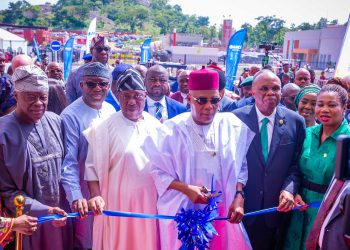A scientific report on water availability as a natural resource has triggered disagreement between experts and bureaucrats in Rwanda.
The two worlds are debating on whether Rwanda qualifies to be declared a ‘water scarcity country’ or not.
Researchers were on February16, 2017 presenting preliminary results of the Natural Capital Accounting (NCA), a process of calculating the total stocks and flows of natural resources and services in a given ecosystem or region. Accounting for such goods may occur in physical or monetary terms.
Land, minerals and water were selected due to their strategic importance for Rwanda, experts said. The accounts provide consistent and reliable data to support economic assessments and sound policy formulation taking into account other factors.
Dr Omar Munyaneza who presented the findings says Rwanda might be closing to the fringes of water scarcity countries. His statement forced bureaucrats to demand for more clarifications and the definition of water scarcity.
Water scarcity, according to Dr. Munyaneza, means quantity of water in the country and access to safe water. The National Institute of Statistics of Rwanda (NISR) says access to improved drinking water sources increased from 74% in 2010 to 85% in 2014.
However, only 37% have water in their dwellings in Kigali City and 36% of households use a public standpipe. The Northern Province has the largest percentage of households using improved drinking water source, 91%, and Eastern Province with the lowest percentage of 81%.
Rural households can now reach an improved drinking water source more quickly than they could three years ago. Expenditure on water constitutes only a negligible proportion of household expenditure (0.5%), the NISR says. However, there is a clear trend that fewer households receive their water for free when compared to three years earlier; from 69% to 66%.
Yet, the NCA findings further indicated that the Water and Sanitation Corporation Ltd (WASAC) supplies only 53% of the water in the country. The lower supply is attributed (about 47%) to water losses through leakages.
Experts also say there is a decrease in the volume of water in water bodies and blamed the decrease on deposition in rivers, long dry spells as well as drainage into neighbouring countries. It is believed however; that the leaked water is all stocked underground and can always be extracted for consumption.
However, an official from WASAC who attended the discussion criticised the methodology used in the NCA and said that the study disregarded what he called “the water storage per capita”. “In Eastern Rwanda there is a lot of water in lakes, which are far from the population,” he observed. Yet, NCA recorded low water consumption per capita. Although the figures were not shared, the national institute of statistics says the region has a high access rate of 81%.

Meanwhile, the NCA findings that were highly based on water consumption per capita showed that the Agriculture sector consumed the biggest percent of all the water used in the country due to evaporation. Education and household were in the second and third position while the manufacturing sector consumes the least amount of water.
Natural Resources Minister Dr. Vincent Biruta says there is need to scale up public awareness on use of water economically and protection of water sources.
Minister Biruta, who officiated the discussion on the findings, said he expects quality, credible and consistent data to help in planning to sustain pressures of concumption from an increasing population.
“We expect participants to discuss how NCA will help us find solutions to existing challenges and add value in Rwanda’s planning for sustainable development under the pressure of an increasing population,” Biruta said.
Rwanda is signatory to the Gaborone Declaration of 2012 subscribing to African countries that use natural capital accounting as a tool to inform national policies on sustainable development.



















